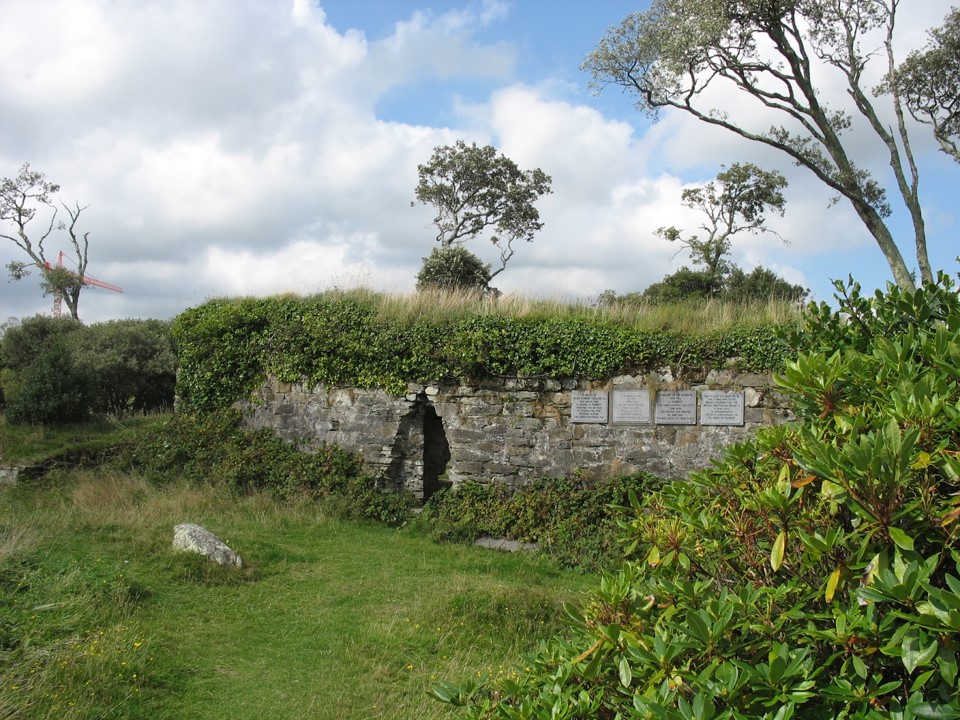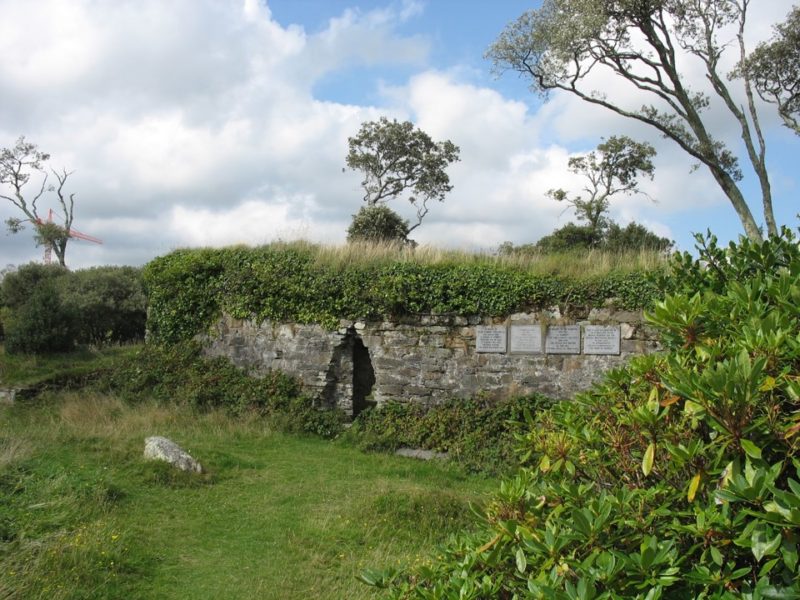Though ruins today, the beautiful scenery of the Beara Peninsula makes an excellent backdrop for what is left of this 16th c. castle. The Ring of Kerry is beautiful but can get so congested – consider neighboring Ring of Beara as an alternative with all the beauty and none of the (well, at least much less) traffic.
Getting There
Location: Beara Peninsula, Ireland – near Castletownbere
Transport: various Beara Peninsular or by car off the R572, look for signs for the “O’Sullivan Castle”
Resisting England with Spanish Assistance
Dunboy was a tower house built in the 16th century by the Catholic Irish O’Sullivan family to protect and defend the harbor. The family were allied with other Gaelic leaders resisting English rule with the support of the Spanish King. Spanish aid was not enough, and commander Don Juan de Aguila was forced to surrender his forces protecting the castle in 1602.
Before control of Dunboy could be handed over from Spanish forces to England, the O’Sullivan chief of Dunboy took control of the castle and captured the Spanish arms, sending the troops back to Spain.
Not about to be stripped of their prize, the English Lord of Munster, Carew, sent upwards of 5,000 troops to capture the site.
In the meantime, O’Sullivan traveled to the northern part of the peninsula to await reinforcements from Spain, leaving a small group of defenders at the Castle.
While he was gone, an English naval bombardment at Dunboy reduced the site to rubble in 10 days.
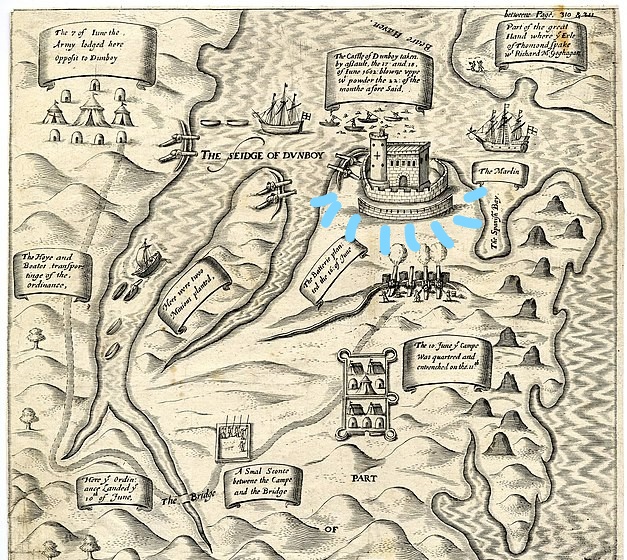
The Siege Ends
Those who remained at Dunboy and those who had fled to the nearby island of Dursey were captured and killed, including women and children. Jesuit Priest Dominic Collins had stayed at the castle during the siege and was captured. He was eventually hanged, drawn and quartered when he refused to join the English church. He was eventually beatified in 1992.

Following the siege, O’Sullivan tried a guerilla warfare campaign, with some success, until he decided to flee to join allies in the North. “O’Sullivan’s March” set out with 1,000 and arrived in the North with 35. Many died along the way to fighting and warfare, others chose to settle in areas they passed en route.
Their security with allies lasted a while, until the Lord of Tyron capitulated to the English and O’Sullivan fled to Spain, where he was honored by the King and continued his resistance to the English crown.
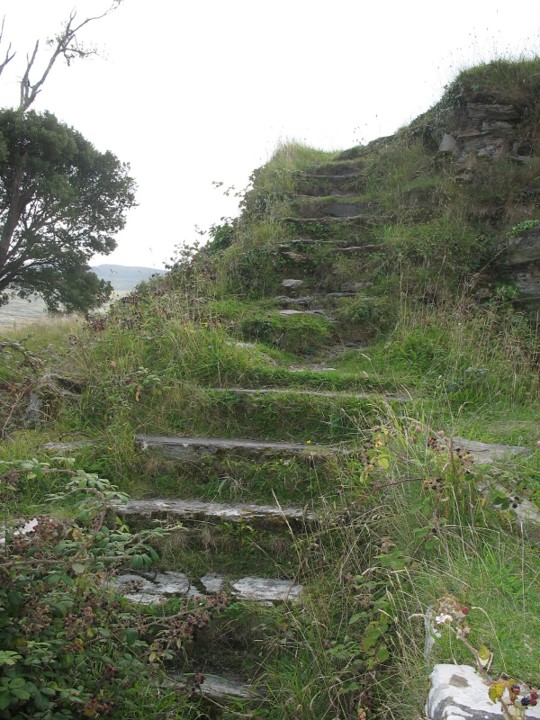
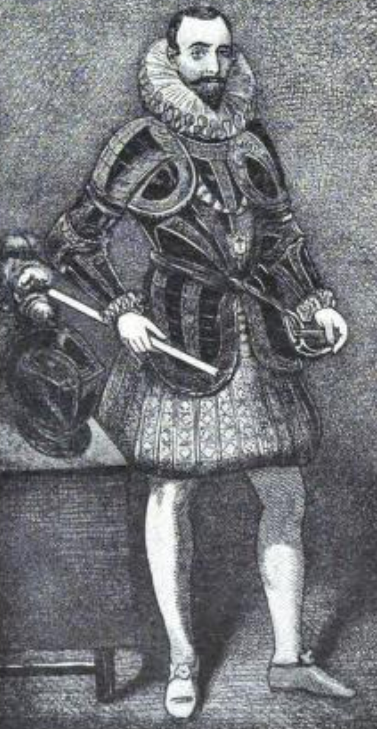
The English magistrates put a price on O’Sullivan’s head: 200 pounds if captured alive, 100 if “deade” (roughly $9,000-$18,000 dollars today). He was not captured for the reward, but in 1608 was killed by a man he had lent money to. And thus ended the Irish chiefdom of Dunboy.
Dunboy Castle Today
Following the removal of the Irish, the Puxley family were eventually granted the area and a Manor Home, Puxley Manor, was built in the late 1800’s. This was common for the time as living in castles had fallen out of fashion in favor of more modern manor homes.
In 1921, the manor was severly burnt by the IRA and the site left abandoned for decades. In the early 2000’s, more than 60 million euro were spent restoring the mansion and converting it to a hotel, only to fall victim to the financial crisis and close its doors once again with no clear picture of what is to come.
The Beara Peninsula has been described as a “hidden gem” since so many opt for the more famous Ring of Kerry but Beara is just as beautiful!
Post Sources:
[bg_collapse view=”link” color=”#4a4949″ icon=”arrow” expand_text=”Show More” collapse_text=”Show Less” ]
Wikipedia entry on Dunboy
Dominic Collins, Jesuit Ireland
“Bantry, Berehaen and the O’Sullivan Sept” by T. D. Sullivan, 1908
[/bg_collapse]

